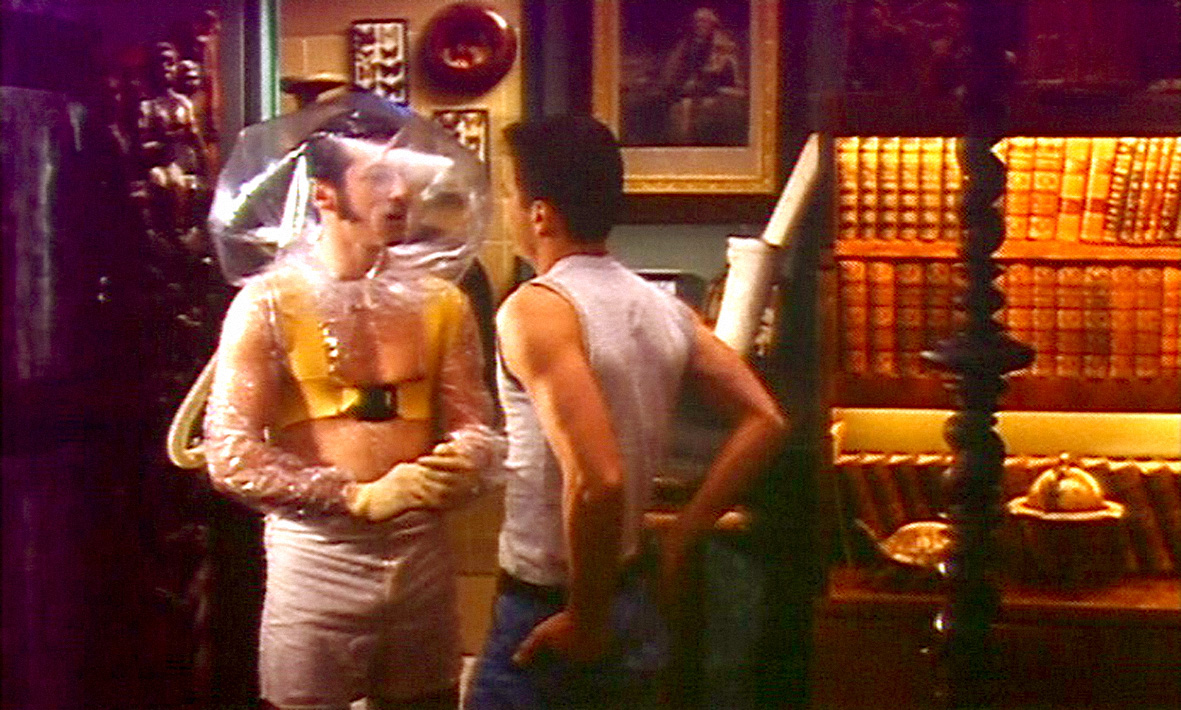So why, then, did the myth of Patient Zero live on for so long? Why was he, or anyone, scapegoated in the first place?
Both happened because we like to blame individuals (especially queer folks, women, immigrants and people of color) for diseases, particularly communicable ones that involve sex. Societally, it is far easier to blame them for disease rather than to deal with the complex medical, political and epidemiological causes – just as it has been easier to unfairly malign Dugas all these years.
In white America’s long, ableist history of considering itself well unless made unwell by those it considers sick outsiders, Dugas was just one of many individually maligned as pariahs.
They include “Typhoid” Mary Mallon, an Irish immigrant blamed for typhoid transmission and kept in isolation for 26 years on an island in New York City; Nushawn Williams, convicted for transmitting HIV to nine young women and – despite having long ago finished his sentence – kept in “civil confinement” indefinitely; and Michael “Tiger Mandingo” Johnson (whom I have covered at length and is the subject of my doctoral dissertation), who was convicted of four people to HIV and transmitting the virus to one person despite there being no RNA evidence used to even see if Johnson and his sex partner shared the same strain of HIV. (Johnson is serving a 30-year prison sentence in Missouri, often in solitary confinement, in a state where the average sentence for second-degree murder is only 25 years.)
Read More | "Why did it take so long for science to debunk the Aids 'Patient Zero'?" | Steven W. Thrasher | The Guardian
